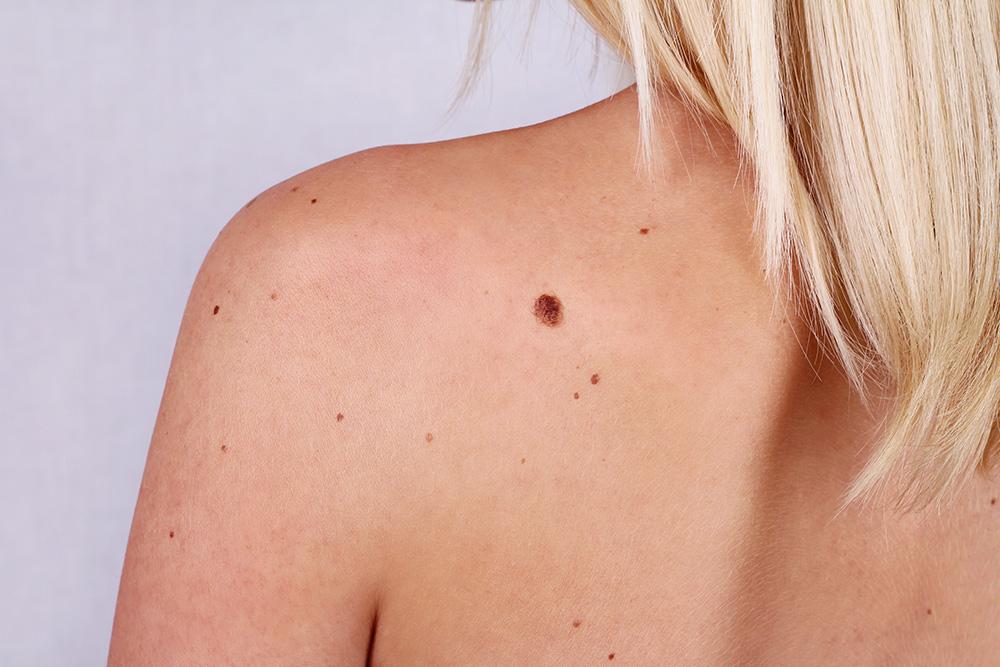Moles

Moles are small black or brown, round or oval spots that most often develop during the first three decades of life. While it is normal to have moles, it is very important to see an experienced and well-trained dermatologist if a mole changes in color, height, size, or shape, as this could signify a developing skin cancer or melanoma. A new mole developing after the first three decades should also be evaluated by a dermatologist. The American Academy of Dermatology encourages everyone to perform regular skin self-exams to check for signs of skin cancer. Self-skin exams are particularly important for people who are at higher risk of skin cancer, such as those with a personal and/or family history of skin cancer or patients with a history of tanning bed use or immunosuppressed patients. A dermatologist can make individual recommendations as to how often a person needs a skin exam from a doctor based on individual risk factors, including skin type, history of sun exposure and family history. At Juniper Dermatology, we have a great deal of experience with early and advanced atypical moles and the advantage of having an excellent dermatologist who is also a board-certified dermatopathologist who will be able to expertly correlate the clinical appearance of your mole with the findings under a microscope should a biopsy be warranted. We also use dermatoscopes to better evaluate your moles when deciding whether a biopsy is warranted. Certain patients will also undergo mole tracking/mapping with mole photography to keep track of their moles, especially patients with dysplastic nevus syndrome.
We Care About You
© 2024 • All Rights Reserved • Juniper Dermatology
